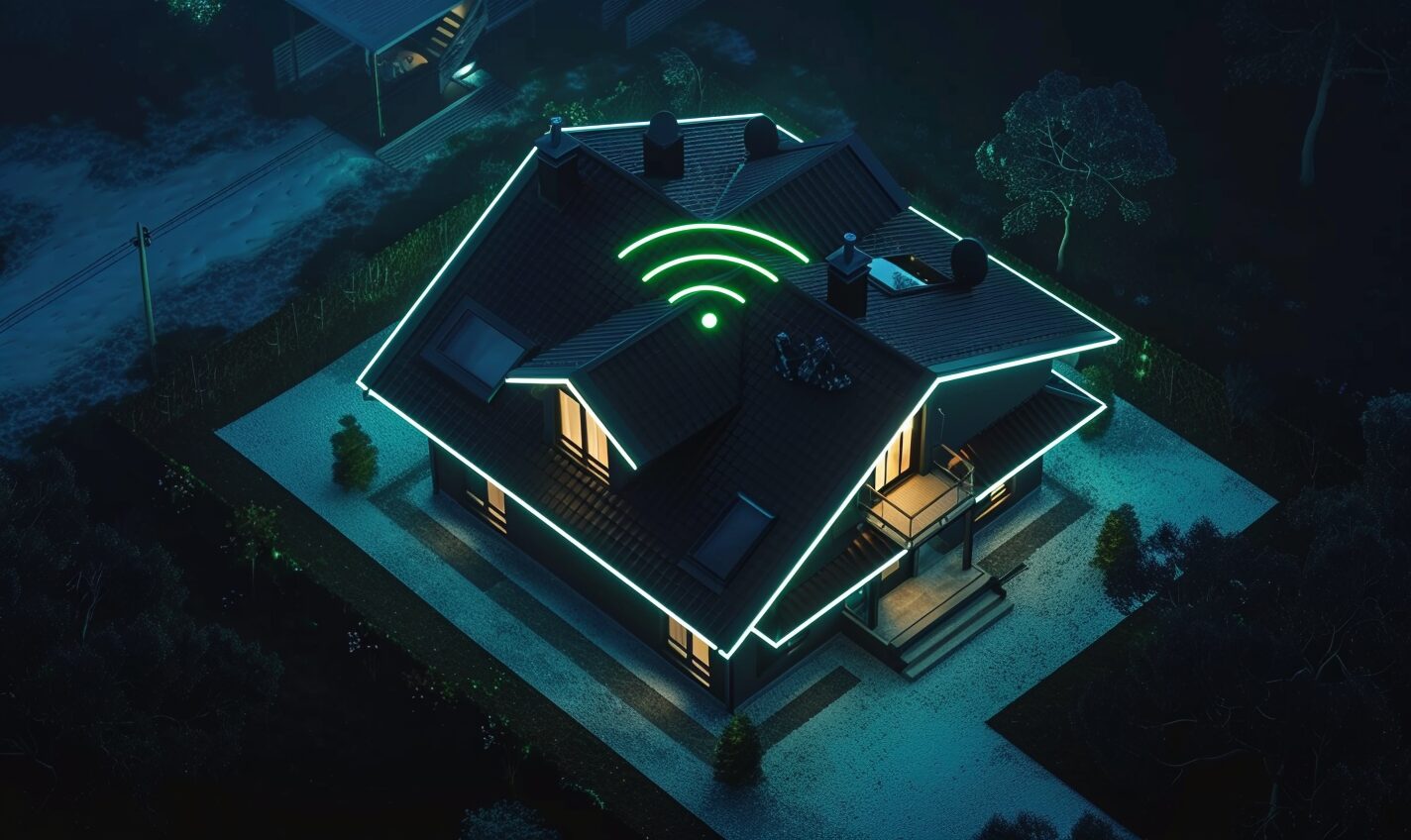How To Get Strong WiFi Signal in Every Room

Few things are as frustrating as dealing with choppy WiFi. Slow loading times, constant buffering and lost connections in certain rooms can test your patience when streaming your favorite shows or playing online games. If you find yourself moving to another area of your home just to get a better internet connection, this guide is for you. Here’s how to get a strong WiFi signal in every room with four simple steps.
1. Move the Router to a Central Location
Many people keep their WiFi routers or modems in one corner of the house to avoid too many wires, like on top of a cabinet or windowsill. However, this means the hub will struggle to get the signal to the other side of the house as too many walls are in the way.
Move the router to a centrally located room to improve coverage across your home. Ensure no metals are near the device — the material can obstruct electromagnetic radio waves, effectively diminishing the WiFi signal strength.
2. Get a Range Extender
Also known as a booster or repeater, a range extender amplifies the WiFi signal in your home, improving coverage to the more remote areas. Install a couple of extenders around your house, especially in rooms where you notice the signal is particularly weaker. While this may not make your internet faster, it will help eliminate dead zones and provide a much larger access area.
3. Reduce Wireless Interference
Several devices in your home operate at a 2.4 gigahertz (GHz) frequency, including Bluetooth systems, microwave ovens and garage door openers. Most older WiFi modems use the same frequency, leading to interference. Identify dead zones in your home and ensure no such devices are turned on when using the internet.
Alternatively, you could change the frequency channel of your router. Modern WiFi systems feature both 2.4 GHz and 5 GHz bands, allowing you to switch between channels for better signal quality.
4. Leverage Beamforming
Newer WiFi router models feature beamforming technology, which directs the wireless signal toward a specific device instead of broadcasting it in all directions. Think of it like the difference between a fluorescent bulb and a flashlight — the bulb lights up the entire room while the flashlight focuses the beam where you point it. In the same way, you could use beamforming to create stronger connections between the WiFi and the receiving device, whether that’s your TV, computer or smart entertainment system.
Assessing Network Demands
Sometimes you can’t enjoy reliable whole-house internet because your current equipment cannot handle the bandwidth demands. There’s no one-size-fits-all solution to networking. You’ll need to carefully consider your internet requirements to decide what type of network and wireless equipment best meet your needs.
Start by outlining what you need the internet to do — home office use, 4K streaming, online gaming or just basic social media browsing and emails. Consider how many people will connect to the WiFi daily and what they’ll do when online. This will give you an idea of how robust the bandwidth must be to accommodate all the requirements.
Your internet provider can also provide suggestions about meeting network demands. For example, they can recommend specific WiFi modems and accessories that can deliver the required throughput.
Now You Know How to Get Strong WiFi Signal in Every Room
Moving your router to a different location can be all you need to achieve whole-house internet. If that doesn’t work, try other possible solutions, like reducing wireless interference and installing range extenders around your home.